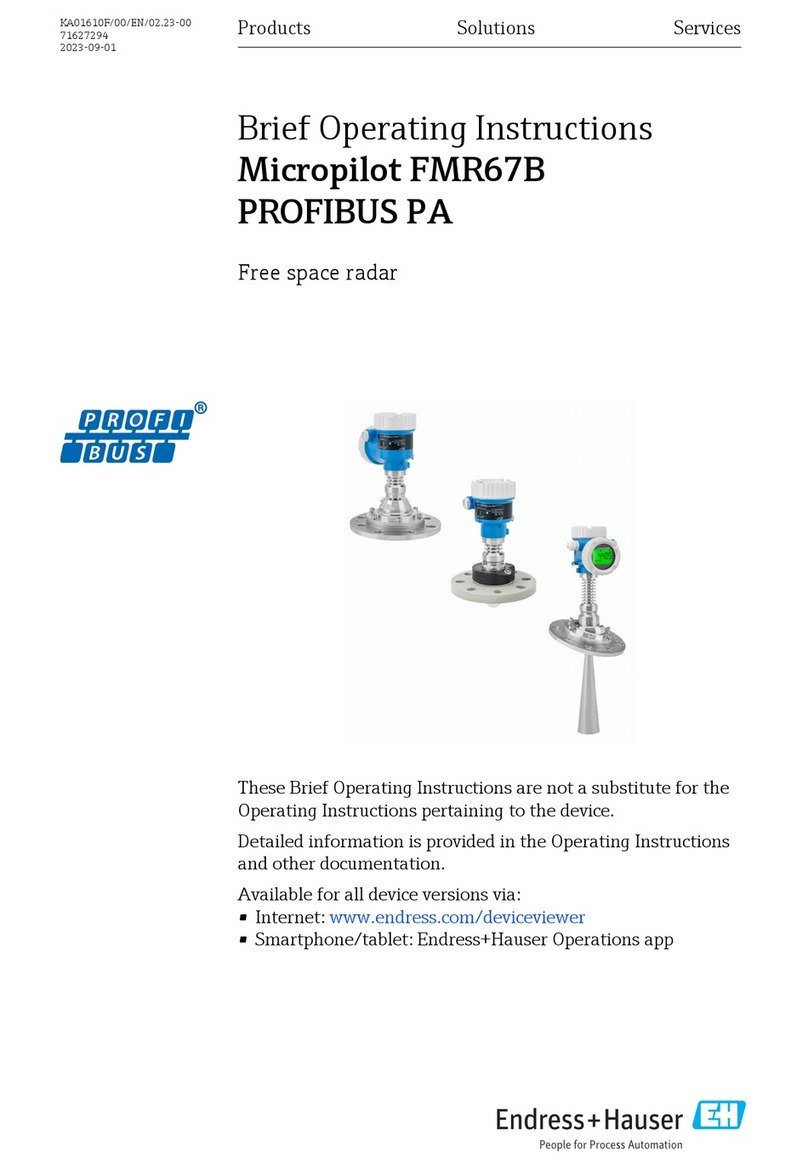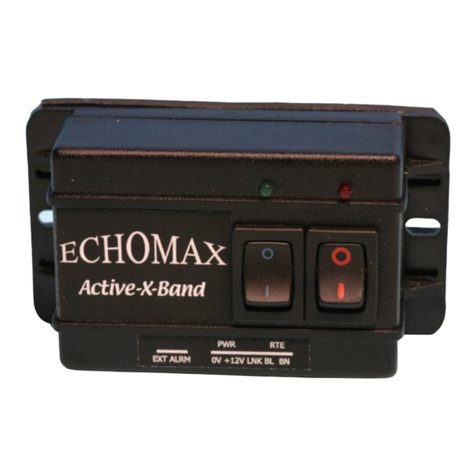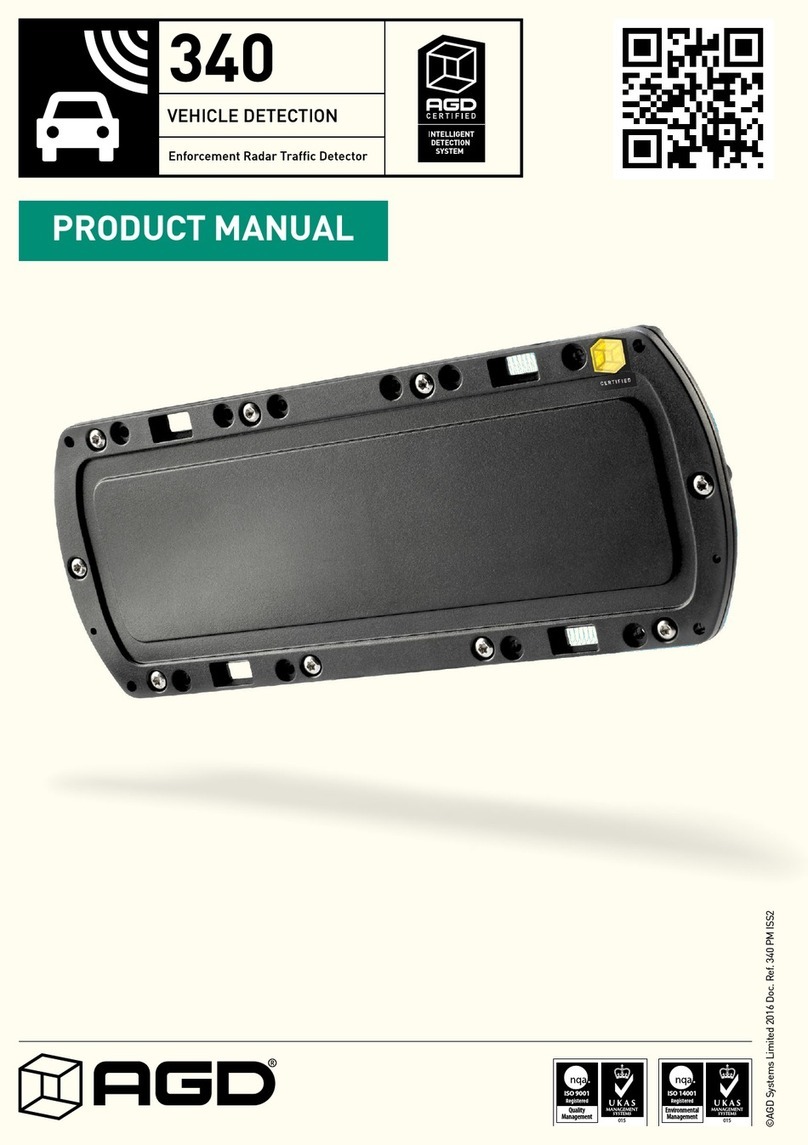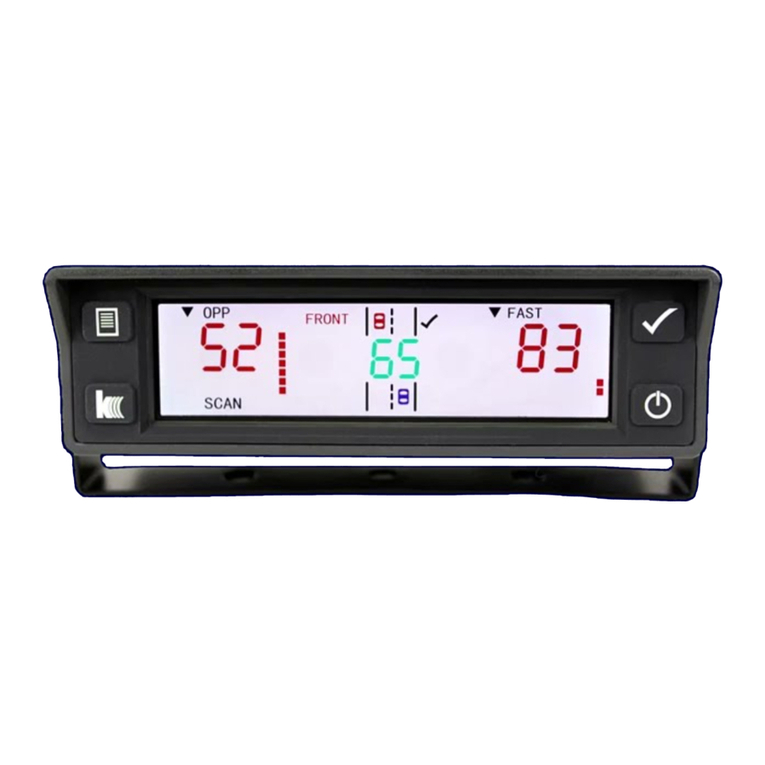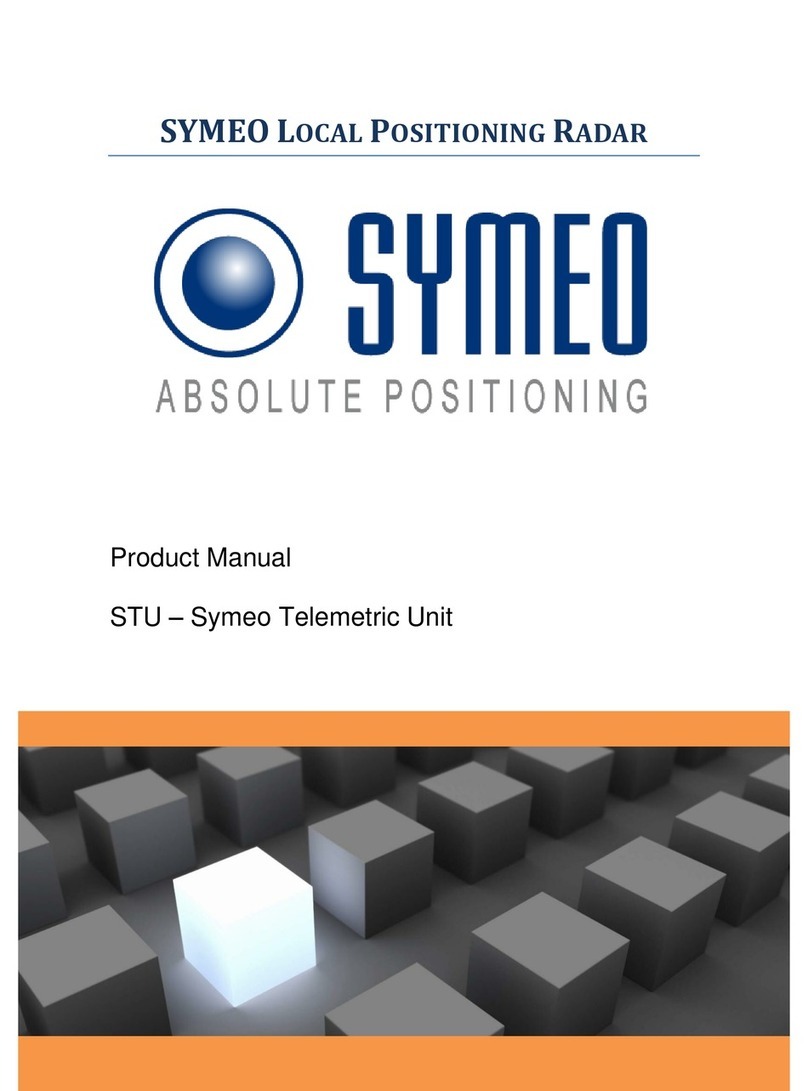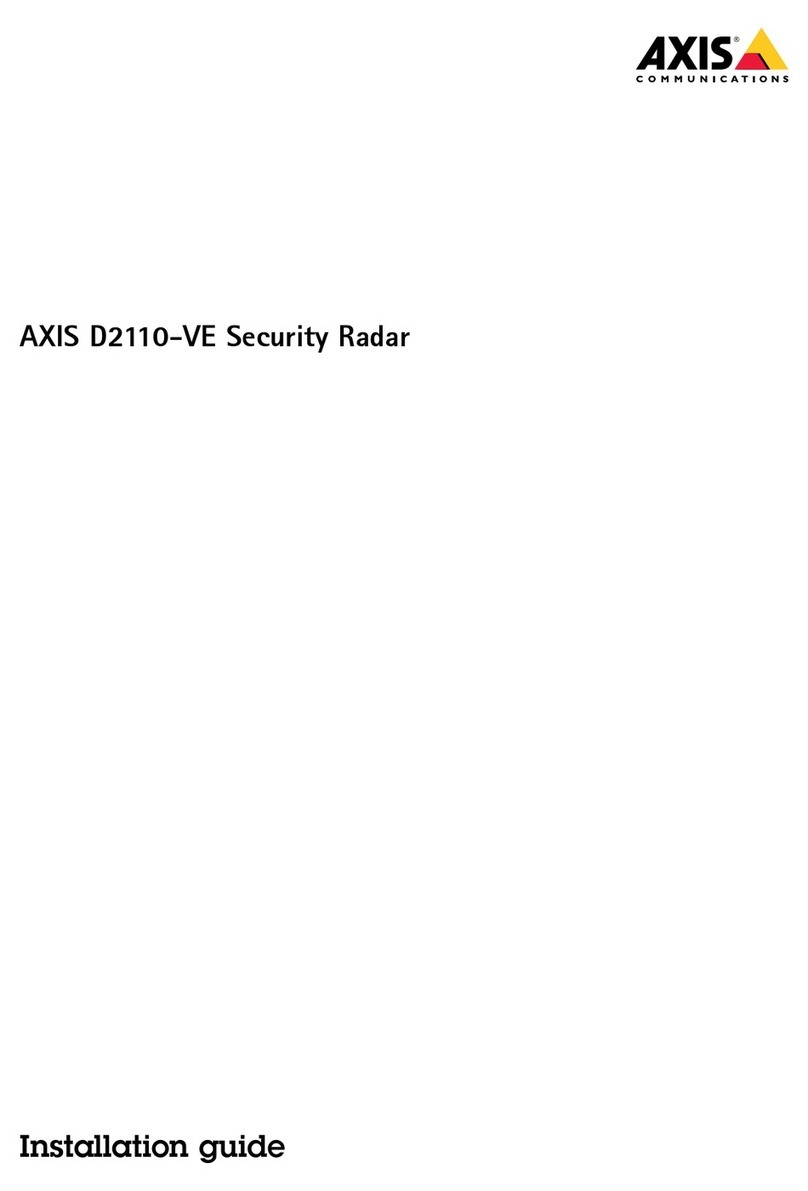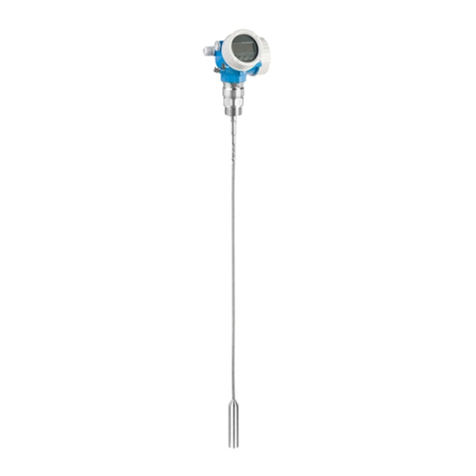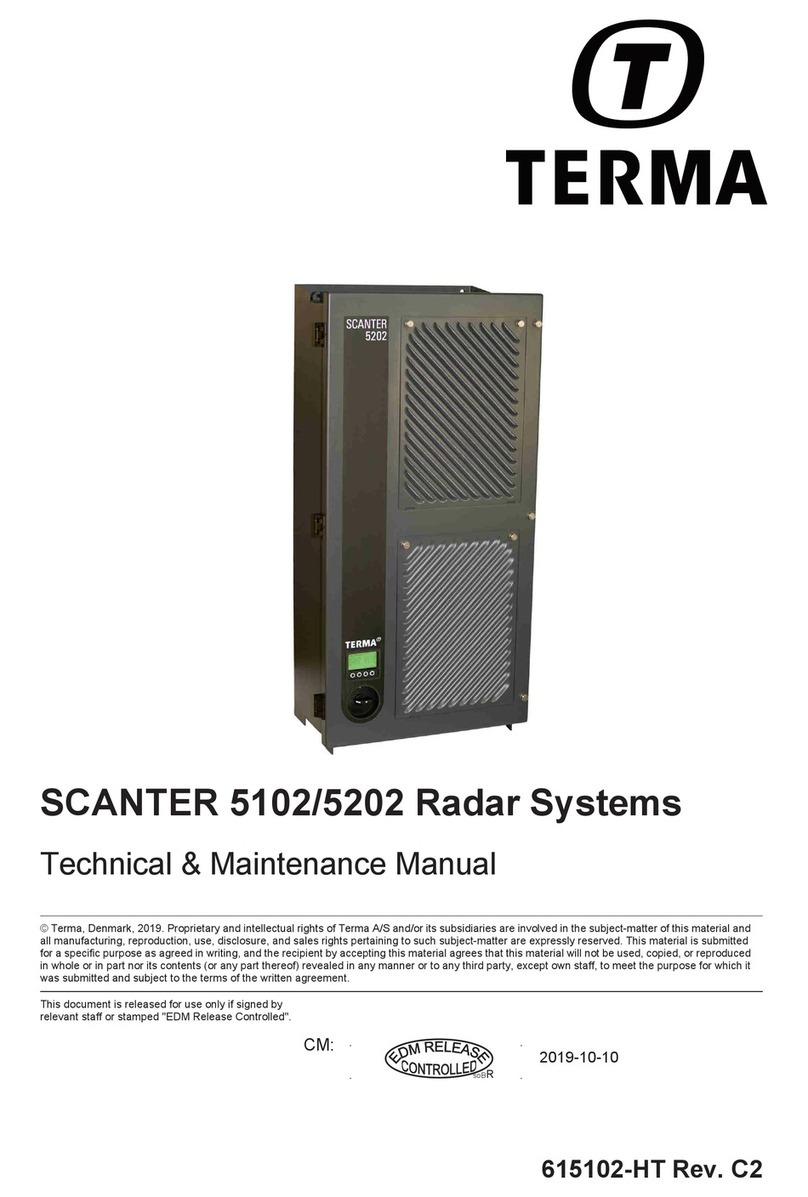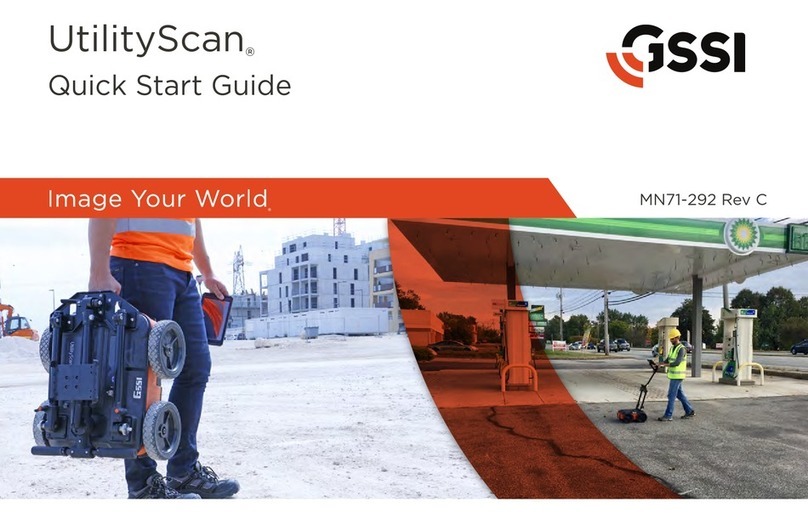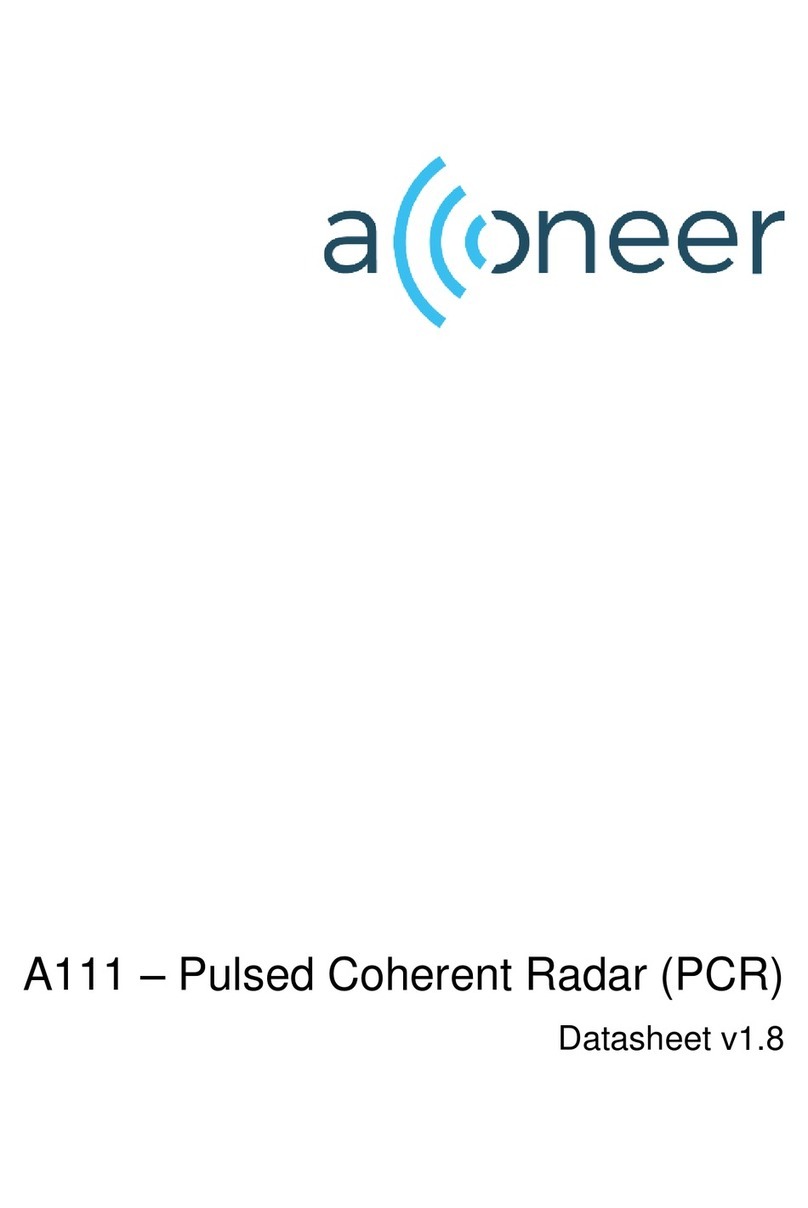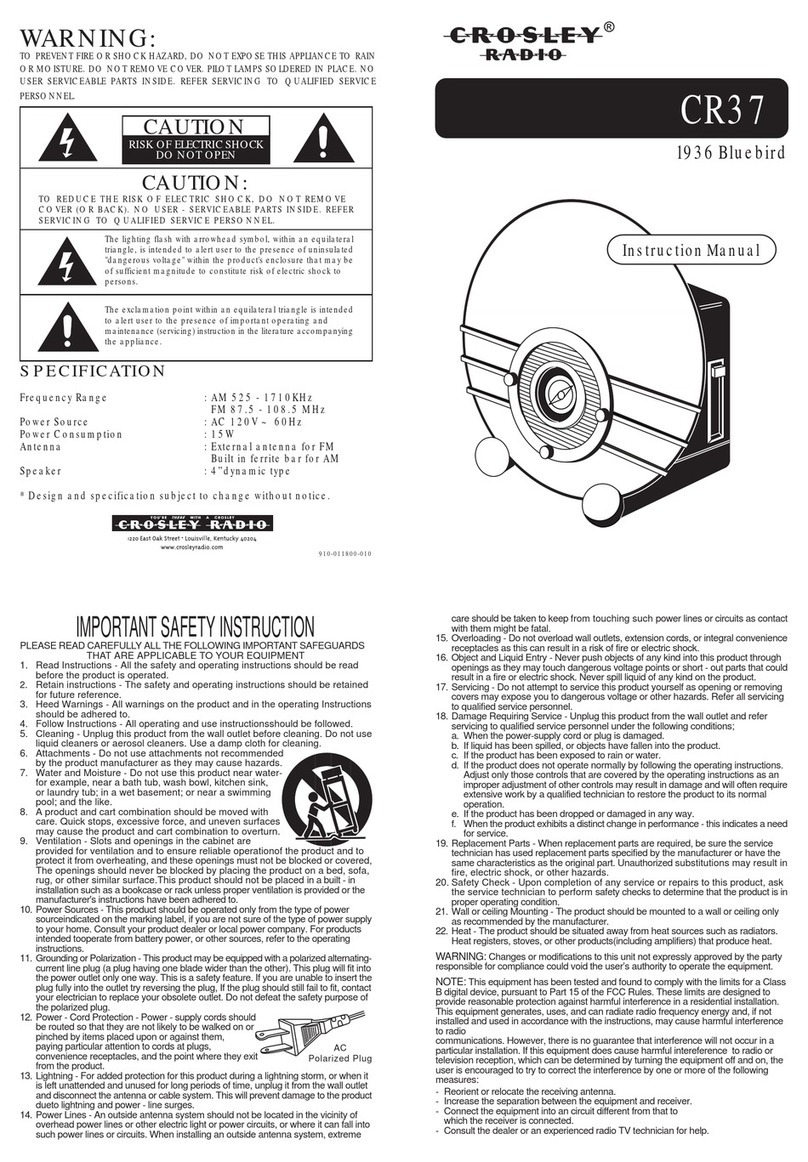
2
PRECAUTIONS
The ARS-SM01 is a product that assists drivers in normal parking conditions. The responsibility to control the vehicle and avoid collisions still
belongs to the driver.
INSTALLATION PRECAUTIONS
cMake sure that the surface of the inner bumper is as clean and smooth as possible before installing the sensors onto it. Any dents or
scratches could degrade the performance of the radar.
dThe proper installation order is, install the cables first, then connect them to the power/ground connections, then connect the sensors to the
cables, and then attach the sensors to the bumper.
eMake sure that the surface of the outer bumper, especially in front of the radar sensors, is as clean as possible. Dirt, clay, snow, stickers, or
any other item in front of the sensors could interfere with its normal operation.
fIf the bumper was damaged due to an impact, the position, stability, and angle of the sensors must be checked for any visible offset from its
original installation. A recalibration might be required.
gIf the bumper was repainted, a recalibration must be performed. Minor performance changes like the maximum achievable detection distance
might occur.
APPLICATION PRECAUTIONS
cNormal operation of the sensors will be interfered with or obstructed when the vehicle is being towed another vehicle.
dAbnormal operation might occur when the reversing speed limit of 15 km/h is exceeded.
eThe position of the sensors, the properties of the bumper, and the surroundings like different types of ground surfaces might promote
abnormal operation of the sensors.
x If the vehicle transports a heavy load or passes over a ditch cover or a large reflection, false alarms might occurs at a larger distance
from the vehicle.
x Low obstacles might not be detected if the sensors were installed too high or tilted upwards too much.
INSTALLATION
The ARS-SM01 can be installed onto the inside of the rear bumper of most vehicles. To start the installation, unbox the ARS-SM01 and
remove the rear bumper from the vehicle.
Install the Master sensor onto the inside left corner of the rear
bumper.
Install the Slave sensor onto the inside right corner of the rear
bumper.
The distance between the two sensors must be 80 cm. The height of the sensors must be between 40 cm and 65 cm from the ground.



